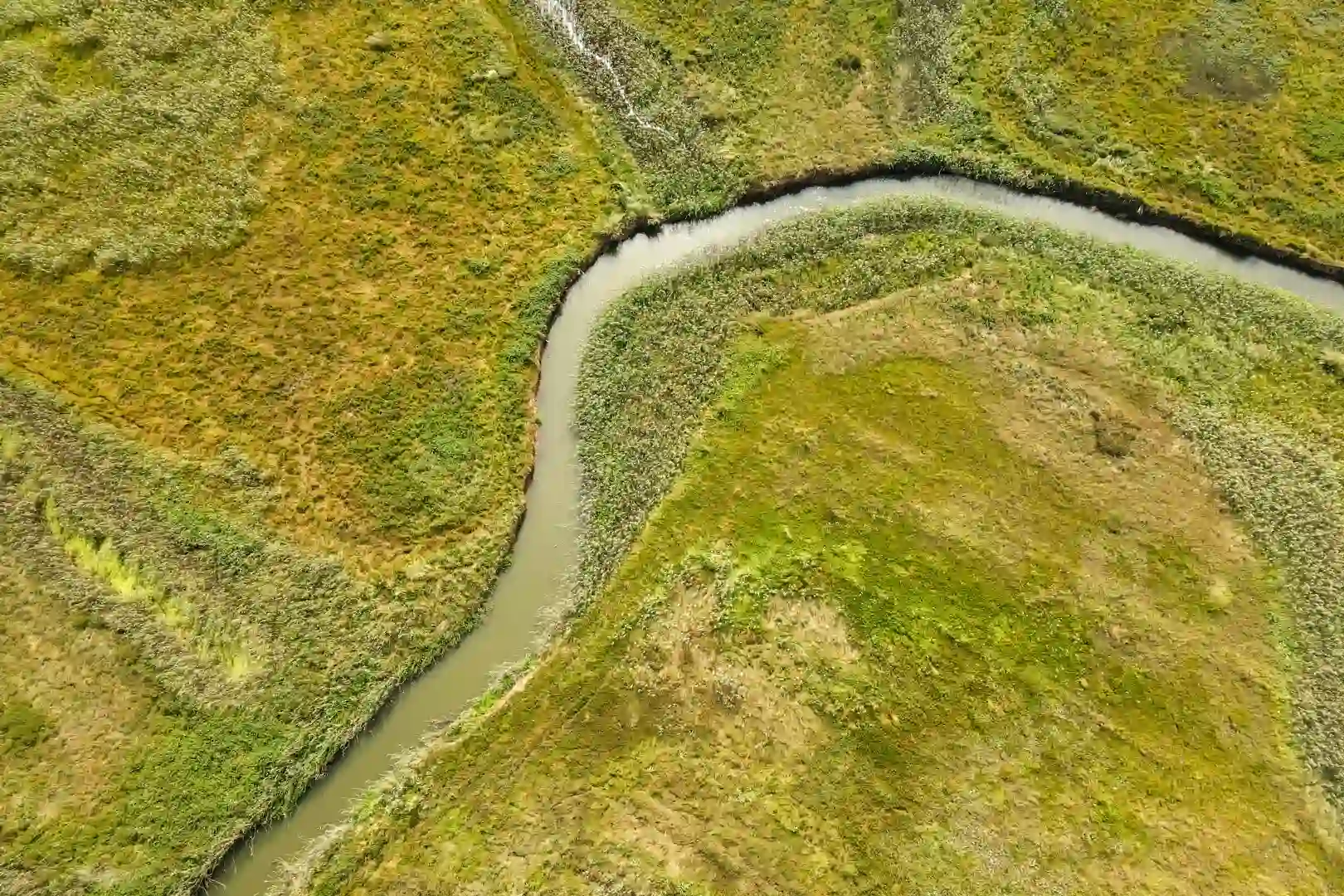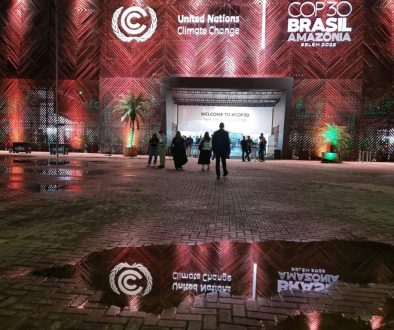World Wetlands Day: The Role of Private Landowners in Conserving South Africa’s Wetlands
By Hlengiwe Ndlovu, Chair of Forestry South Africa’s Environmental Management Committee
World Wetlands Day, celebrated annually on February 2nd, highlights the critical ecological services provided by wetlands and their threatened conservation status. The day also serves as a reminder of the significant role South African landowners can play in protecting these vital habitats through active and sustained environmental stewardship.
South Africa’s wetlands are biodiversity-rich ecosystems that support a diverse array of plant and animal life, including endemic and threatened species. By acting as natural water filters, wetlands improve water quality while regulating hydrological cycles, thus helping to prevent incidents of flash flooding and playing a crucial role in water security.
A 2021 survey of South Africa’s forestry landholdings found that more than 300 000 hectares (ha) of natural and semi-natural habitats that are actively managed and maintained within the forestry landscape. This includes more than 171 000 ha of grasslands and their connected wetland systems. Through active environmental stewardship of these habitats, forestry companies can play a significant and positive role conserving key ecosystems like wetlands, along with threatened, endangered, and endemic species they support.
CASE STUDY: Protecting the Long-Toed Tree Frog
Sappi’s Pinewoods plantation in KwaZulu-Natal is home to a diverse range of species, including
the recently discovered Long-toed Tree Frog (Leptopelis xenodactylus), which is classified as endangered by the International Union for Conservation of Nature (IUCN).
The presence of the Long-toed Tree Frog – distinguished by uniquely long toes and reduced webbing – allows it to navigate grasslands and perch on blades of grass. This signals that the wetlands and grasslands in this forestry area are healthy and support biodiversity. These factors demonstrate that production landscapes and indigenous areas can coexist, highlighting the potential conservation value of these multifunctional landholdings.
In a forestry context, environmental stewardship is a multifaceted commitment that integrates sustainable management practices with collaborative efforts to restore and reconnect natural habitats and the ecological services they provide. Such stewardship cannot be done in isolation, as ecological services and natural habitats extend beyond boundaries of the forestry landscape. It demands collaboration between various public and private stakeholders, both individuals and organisations, coupled with active investment in research and innovation to guide and enhance conservation efforts.
Setting international benchmarks
Over 85% of forestry-owned land in South Africa is certified by the Forest Stewardship Council® (FSC®), with 40% holding dual certification through the Sustainable African Forestry Assurance Scheme (SAFAS), which is endorsed by the Programme for the Endorsement of Forest Certification (PEFC).
International certification requires adherence to a suite of sustainable management practices that often surpass national legislative requirements. In a wetland context, these include measures designed to prevent forestry operations from encroaching on wetlands, the implementation of buffer zones to filter out pollutants and sediment, and, where necessary, restorative processes. Responsible management practices aligned with international certification standards have seen South Africa’s forestry sector setting a benchmark for other landowners to proactively manage environmentally sensitive areas both within and beyond their boundary lines.
Restoring balance – Repairing Historical Impacts Over the past three decades, the forestry industry has undergone a significant transformation driven by advancements in technology, research, and innovation. The evolution has reshaped how the sector thinks, operates and conducts business, with a strong focus on sustainable practices that emphasise environmental and social stewardship. As part of this shift, hundreds of hectares of trees planted near wetlands before 1972 have been removed. In areas where wetlands have been damaged or lost due to historical forestry practices, restoration projects – often undertaken in collaboration with conservation organisations – have been initiated to revive these ecosystems.
CASE STUDY: Reviving the Karkloof Catchment
The Karkloof catchment is a network of rich wetlands that form part of the water catchment for the greater Durban and Pietermaritzburg area. It is also highly productive agricultural land, intensively used to produce food and wood fibre.
Approximately 170 ha of a larger floodplain wetland at the confluence of the Karkloof, Kusane, and Mnalweni Rivers are owned and managed by Sappi. Over the past century, this area has seen a dramatic transformation from ploughed floodplains in the 1930s to plantation forestry in the 1970s. However, since the nineties, wetland floodplains have been actively restored by removing more than 70 ha of planted trees, and since 1998, the implementation of an active management plan for controlled burning, grazing and weeds, like St Joseph Lily and brambles.
Wetland assessments in 2023 indicated that the Shafton/Kusane wetlands are in good health, but also highlighted some opportunities for further improvement, particularly continued weed control along the wetland margins. Sappi remains committed to this positive trajectory, once again giving due recognition for wetlands as a species-rich habitat for aquatic and terrestrial life. It is just another reason by Karkloof Valley is a nature rich and beautiful asset.
Stewardship with a Bird’s Eye View
For meaningful and widespread impact, environmental stewardship and conservation initiatives must be viewed at a landscape level, with the buy-in of a wide range of stakeholders. While this inevitably adds a layer of complexity, this unlocks far greater potential for delivering sustained positive impact.
Water stewardship exemplifies this approach, shifting the focus to catchment level and requiring the forestry sector to engage and collaborate with a collective of interested and affected stakeholders to achieve tangible outcomes.
CASE STUDY: WWF Water Stewardship partnership as a blueprint for effective environmental and social stewardship
With funding support from Sappi, the World Wildlife Fund (WWF) has spearheaded the development of the uMkhomazi Catchment Working Group in KwaZulu-Natal – a collaborative forum that brings together diverse multisectoral stakeholders to advance water stewardship and coordinate projects within the catchment. The partnership has supported the clearing of 130 ha of alien invasive vegetation and improved rangeland management across 2 323 ha in the upper catchment. These efforts have created 40 jobs and upskilling 82 people.
Continuous Improvement for Conservation
Research helps us understand the interaction between forestry practices and wetland health and drive innovative solutions that enhance conservation efforts. By linking with academic and research partners, government departments and environmental organisations, the forestry sector constantly develops and refines best practices that balance conservation with sustainable timber production. As a sector, we firmly believe this has become the way we do business, and recognise that in an evolving world, there will always be space to improve.
As we celebrate World Wetlands Day, we are reminded of the critical role these ecosystems play in ensuring water security, biodiversity conservation, and climate resilience. Wetlands are the lifeblood of our planet, supporting all living creatures—including humans—and creating opportunities for sustainable development in rural communities.
The forestry sector has the tools, partnerships, and commitment to make a lasting difference. By investing in restoration, adopting sustainable practices, and collaborating with stakeholders, we can safeguard wetlands for future generations. Together, we can ensure that these vibrant ecosystems remain a source of life, inspiration, and prosperity for years to come.




